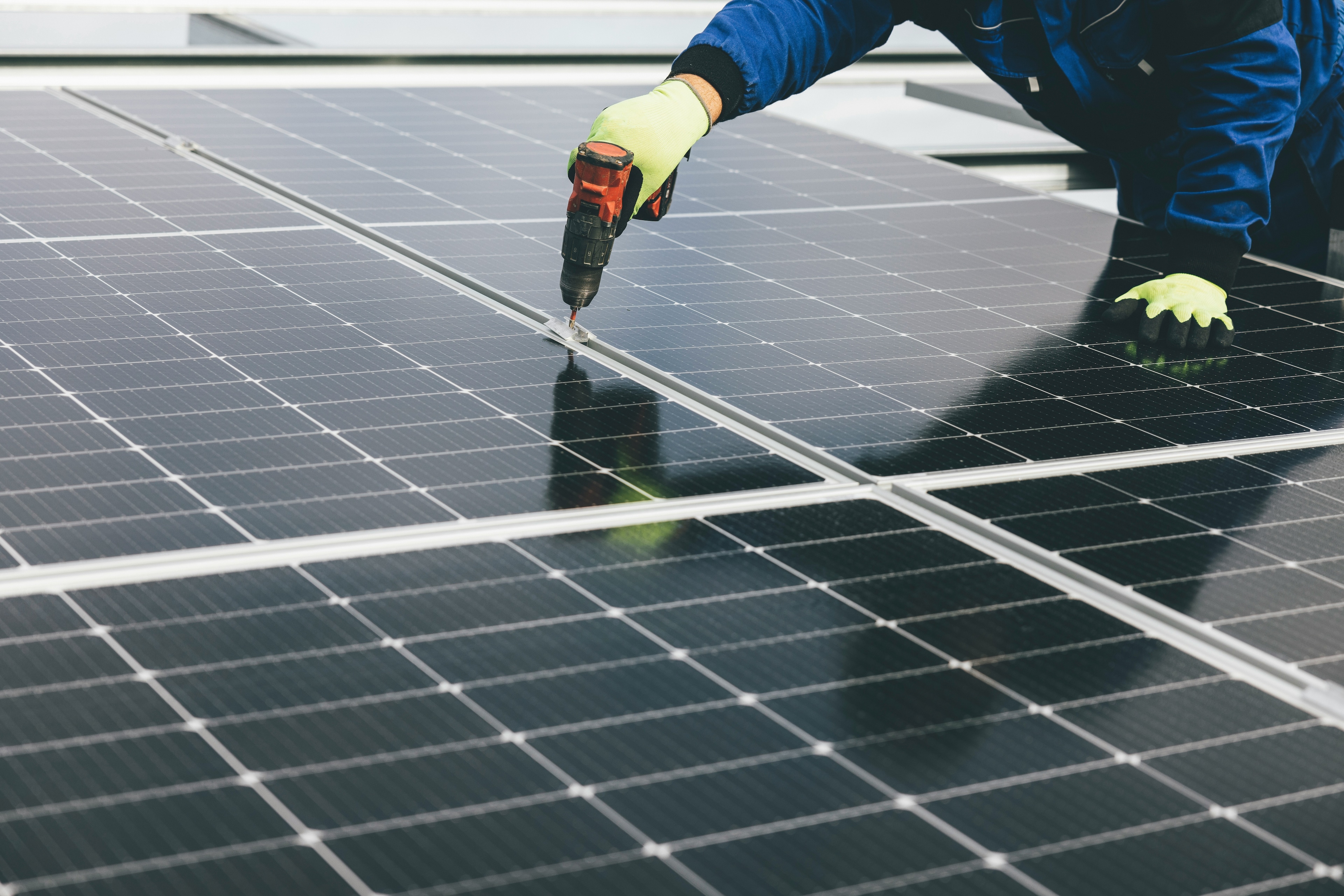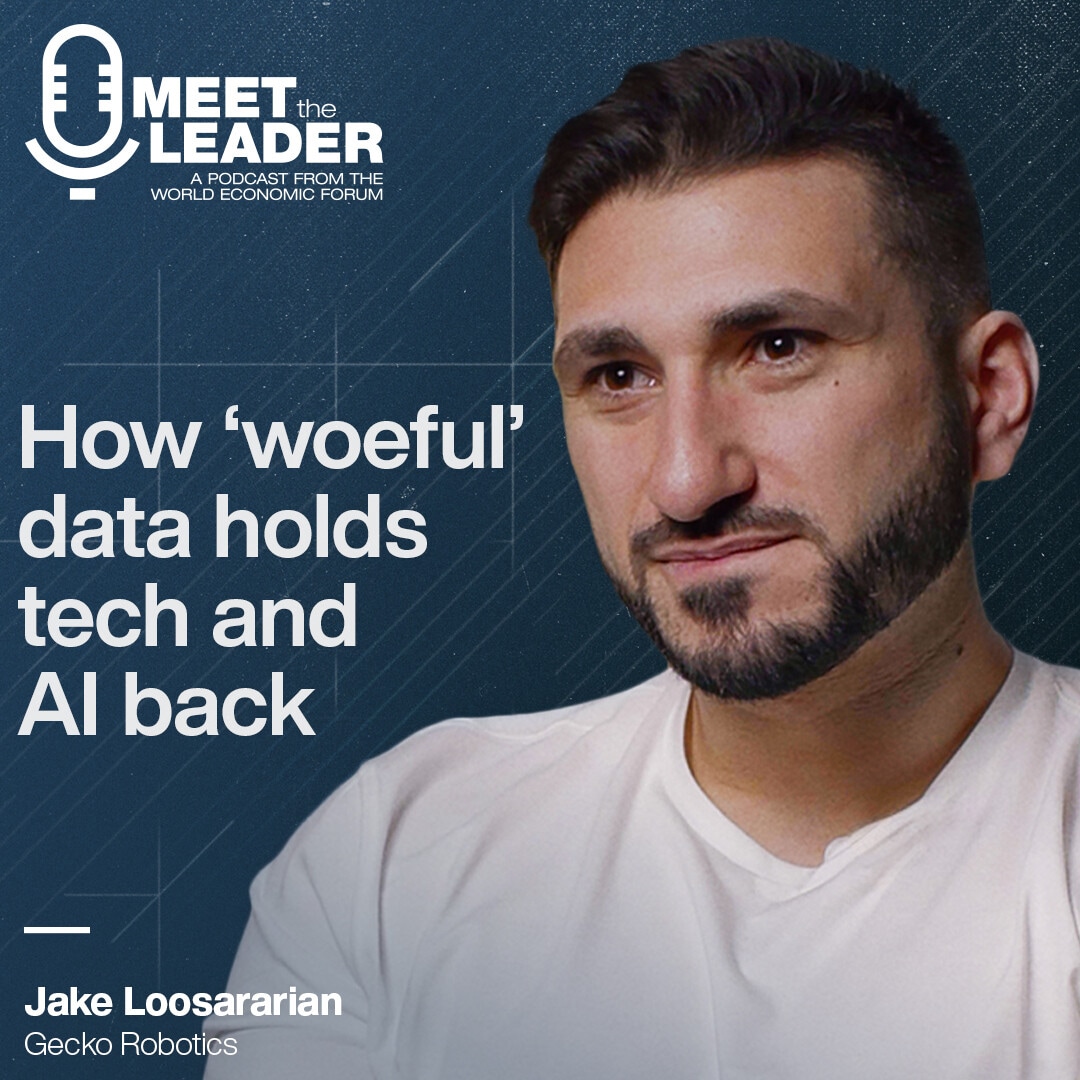How a bionic arm is helping one little girl enjoy the things most take for granted
Advanced technological innovation is having a personal impact too.
Image: REUTERS/Leonhard Foeger
Stay up to date:
Biotechnology
Life hasn’t always been easy for Mady Gardner. Born without her left arm below the elbow, everyday tasks like putting her hair in a ponytail were almost impossible.
Now the eight-year-old from Austin, Texas, has become the youngest person in the US to receive a bionic arm, and she loves it – especially the bright-pink colour.
Mady's new arm opens up the possibility of many new physical movements, including waving and performing tasks like gripping a ball. She says she’s looking forward to activities like riding her bike and playing golf with her dad, too. And her “favourite thing” is that she can now make a heart with her hands.
Accept our marketing cookies to access this content.
These cookies are currently disabled in your browser.
Mady’s mother says the new arm has already made a tremendous difference to her life – and she’s optimistic about the future for her “super awesome” daughter.
Custom-made
The Hero Arm is made by UK company Open Bionics. Founded by Joel Gibbard and Samantha Payne, the firm has won awards including the $1 million UAE AI & Robotics International Award for Good.
Open Bionics has made bionic arms for several children in the UK and France as well as for adults. Its Hero Arm is a multi-grip bionic limb that can lift up to eight kilograms, and each one is custom-made using 3D scanning and printing.
The arm is fitted with sensors that detect muscle movements, meaning the wearer can control the bionic hand in much the same way he or she would a biological hand.
The future of medicine?
Robotics are playing a growing role in medicine, from minimally invasive robotic surgery to an experimental swallowable “origami” robot that carries out surgery inside the stomach. Exoskeleton robots can help paralysed patients to recover mobility, and a robot has even been developed to take blood samples.
Don't miss any update on this topic
Create a free account and access your personalized content collection with our latest publications and analyses.
License and Republishing
World Economic Forum articles may be republished in accordance with the Creative Commons Attribution-NonCommercial-NoDerivatives 4.0 International Public License, and in accordance with our Terms of Use.
The views expressed in this article are those of the author alone and not the World Economic Forum.
Forum Stories newsletter
Bringing you weekly curated insights and analysis on the global issues that matter.
More on Emerging TechnologiesSee all
Lim Chow-Kiat
August 21, 2025
Charles Bourgault and Sarah Moin
August 19, 2025
Spencer Feingold
August 18, 2025
Jon Jacobson
August 14, 2025
Ruti Ben-Shlomi
August 11, 2025





